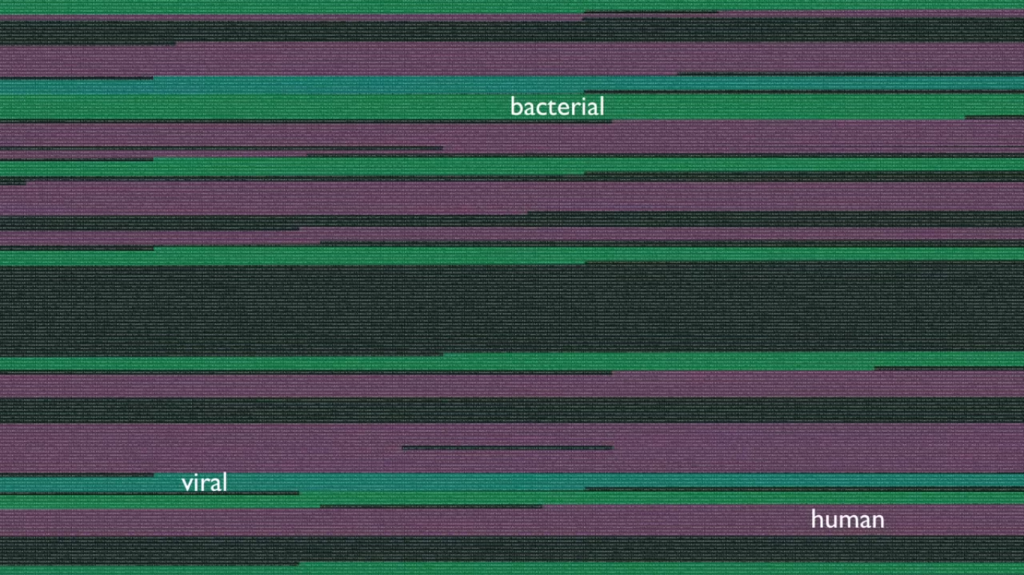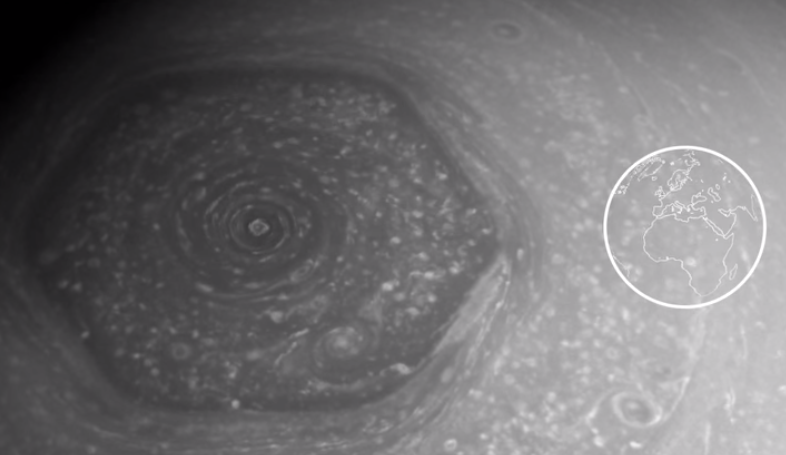By Anupum Pant
To most of us, looking at things from a distance, it often seems like the age of exploration is over. It seems like there’s not much left to be discovered. Only a few who strongly believe that the age of exploration is far from over, and work hard to keep exploring, end up finding new things.
Take for instance the part of ocean that remains unexplored and unseen by human eyes today. According to NOAA’s website this unexplored part is about 95%, even today!
In fact, it is estimated that 96% of the universe is made up of some mysterious thing (called the dark matter) which we haven’t even started to figure yet.
If you think that is taking it too far, we don’t even know our bodies completely yet. Just last year (in 2013) a new body part in the human body was discovered!
Nathan Wolfe, a biologist and explorer, talks about how most (as much as 40-50% of it) of the genetic information found in our own gastrointestinal tracts doesn’t classify under any kind of biological form we have ever known – Not plant, animal, virus, bacteria or fungus. Biologists call it the biological dark matter.
There are unknowns all around us and they are waiting to get discovered.






